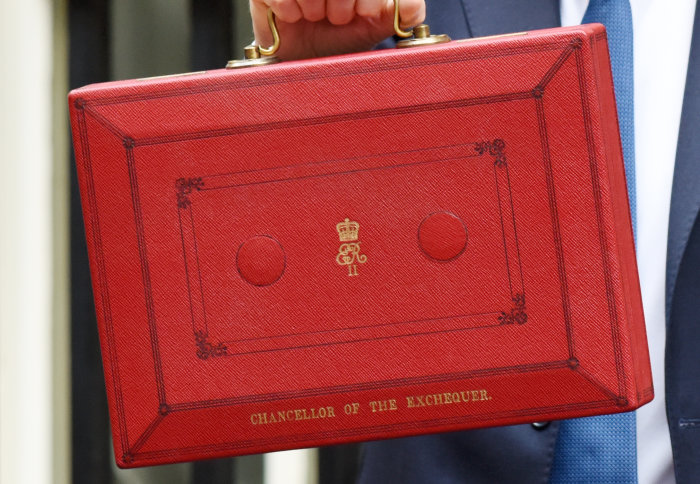The Chancellor of the Exchequer, George Osbourne, announced a new dividend tax regime in his first post-election budget effective from the 6th April 2016. For many this could lead to a small windfall but for others it could lead to an increase in their tax liability.
What are Dividends?
Dividends are a proportion of a company’s earnings that are returned to shareholders. Many people receive dividends payments from investments they hold or receive income from their business in this way.
The Current Regime
Under the current system all dividends payments come with a 10% tax credit. Non tax payers are unable to reclaim this tax credit but along with Basic rate tax payers they have no further tax to pay, however Higher and Additional rate tax payers will. The below details the effective tax rate on a dividends payment after the tax credit has been taken in to account.
- Basic Rate Tax Payers: 0%
- Higher Rate Tax Payers: 25%
- Additional Rate Tax Payers: 30.6%
The New Rules in a Nutshell
The 10% tax credit will no longer be applicable and everyone will receive the first £5,000 of dividend income each year free of tax, this is called the “Dividend Allowance”. Any amounts above this figure will be taxed as follows:
- Basic Rate Tax Payers: 7.5%
- Higher Rate Tax Payers: 32.5%
- Additional Rate Tax Payers: 38.1%
Who wins?
For Basic rate tax payers, as long as their dividend income is below £5,000 they will not see an increase in the amount of tax they pay; however for those who receive dividend income above this amount they will have an increased tax to pay. Higher and Additional rate tax payers will now have a £5,000 tax free allowance they can use where this amount was previously taxable.
How does this Affect ISAs & Pensions
Currently the 10% tax credit is non-reclaimable and there is no tax payable on dividends income within ISAs and Pensions, this will remain the case under the new regime. Therefore the change will not affect these tax wrappers.
Dividends & Personal Allowance
Dividends income is still eligible for the personal allowance, therefore if your only income was from dividends you could potentially use both which as of next year could give you a combined tax free allowance of £15,800.
Conclusion
The introduction of this new tax regime is likely to provide some tax planning opportunities but may also mean an increased tax liability that is worth understanding before they are introduced. Of course the actual effect of these changes will be dependent on an individual’s circumstances.
If you have any queries regarding these changes and how they may affect you, please don’t hesitate to give us a call on 0117 942 433.








